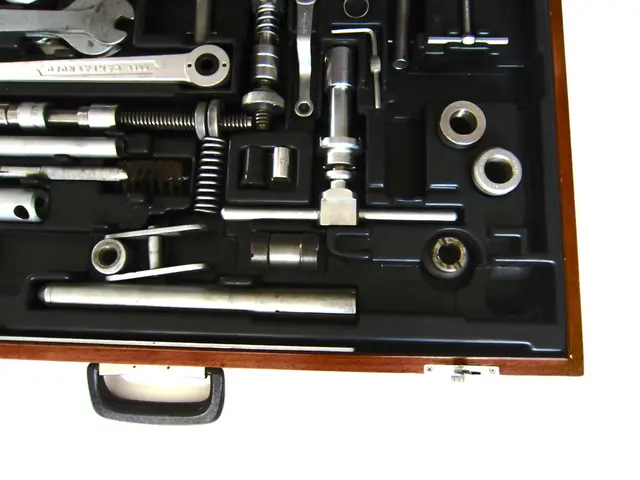Autumnal Gardening: Top 6 Techniques for Success
Fall Gardening: Extend Your Growing Season and Enjoy Fresh Produce All Year
Fall gardening offers a unique opportunity for gardeners to extend their growing season and provide fresh produce during the winter months. This rewarding experience can be enjoyed year-round by following sustainable gardening practices.
Soil Preparation
Preparing the soil is the foundation of successful fall gardening. Start by removing spent plants and cleaning up dead plant debris to prevent disease. Replenish nutrients lost during the growing season by adding 2-3 inch layers of compost or well-rotted organic matter. Compost improves soil structure and moisture retention, making it ideal for fall crops.
Consider planting cover crops like clover or peas that fix nitrogen and protect the soil over winter. Apply a 1-2 inch layer of mulch (e.g., leaves, straw, shredded bark) to insulate the soil, suppress weeds, and reduce erosion. For weed control and further soil protection, placing untreated cardboard under the mulch can help smother weeds naturally. Avoid heavy tilling to preserve soil structure and beneficial microorganisms. Improve drainage by mixing in coarse materials if soil is heavy clay or prone to waterlogging. Raised beds can also enhance drainage and warmth for fall crops.
Compost Use
Collect fallen leaves and yard debris in fall for composting, combining green materials (like grass clippings and kitchen scraps) with brown materials (leaves, twigs). Composting yard waste over winter creates a nutrient-rich amendment for spring planting. Poultry manure can also be a valuable compost addition if available. Using homemade compost in raised beds enriches soil fertility and structure.
Crop Selection for Fall
Choose short-season crops that mature within 30–60 days, such as radishes, arugula, baby turnips, leafy lettuces, mustards, spinach, beets, carrots, kale, collards, Swiss chard, and turnips. In cooler zones, start brassicas (e.g., broccoli, cabbage, cauliflower) indoors and transplant them outdoors later in the season. Stagger plantings every 1–2 weeks through mid-September for a continuous harvest. Use floating row covers or raised beds to extend the growing season by retaining warmth and improving drainage. Sow in wide rows or blocks to conserve soil warmth and moisture.
Use of Landscape Fabrics
Untreated cardboard or biodegradable weed barriers placed under mulch can suppress weeds sustainably without chemicals. These materials reduce soil erosion and maintain soil moisture by limiting weed competition. Avoid synthetic fabrics that may hinder soil aeration or water movement.
In summary, sustainable fall gardening blends organic soil amendments, seasonal crop choices, and natural mulching and weed control techniques such as compost and cardboard under mulch to nurture soil health, conserve moisture, and optimize plant growth during cooler months. Raised beds combined with compost contribute to better drainage and warmer soil ideal for fall crops.
Consider using cold frames or cloches to protect fall crops from frost and cold temperatures. Fall gardening can be a highly rewarding activity, but the soil may require more TLC due to the previous season's use. Choose crops with healthy foliage and those that are not rootbound for fall planting. A thick layer of leaves can be used to insulate the compost pile during cold weather. Fall gardening can help improve soil health and reduce pests and diseases. Root vegetables and greens are the most favored crops for fall planting.
Landscape fabrics can be beneficial for all seasons, as they discourage weeds and pests. Soil preparation is crucial for fall gardening, as it accounts for 75% of the success or failure. Introduce sustainability in fall gardening by using cover crops and crop rotation. Using landscape fabrics can support natural and responsible gardening practices. Compost can be used to amend the soil, encouraging water retention and better drainage for clay soil. Prepare the soil for autumn planting by adding compost and organic matter. Blooming bulbs, such as daffodils and hyacinth, can be planted in the fall for a spring bloom. Leaves fallen in the yard can be added to the compost pile for sustainability. Harvest all remaining spring and summer crops to manage space and prepare for autumn planting.








